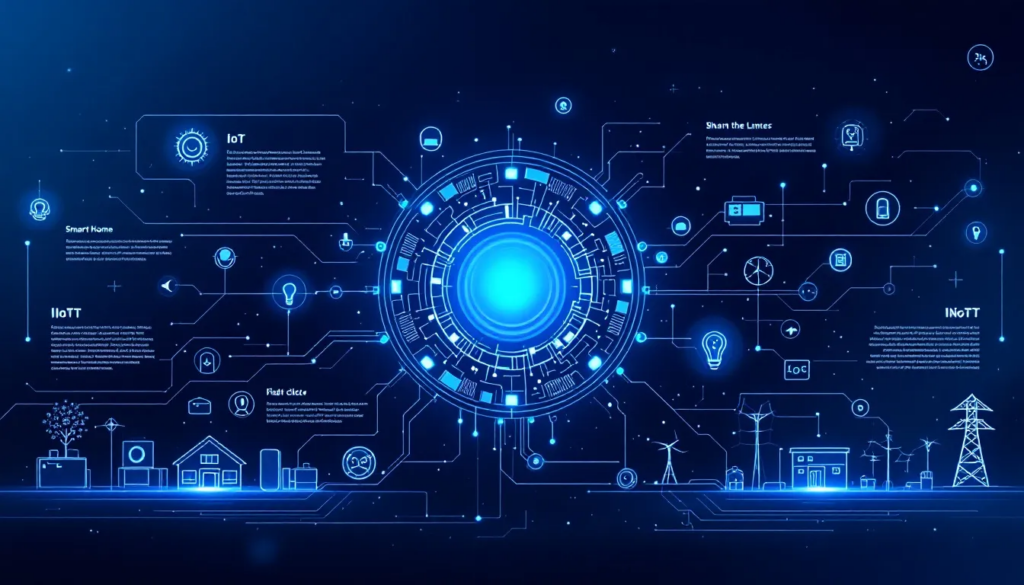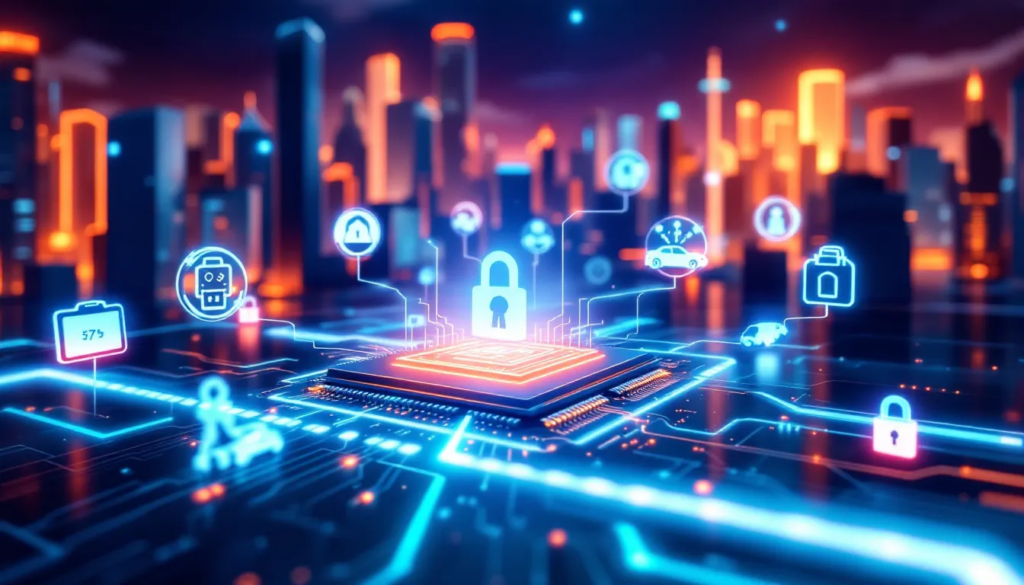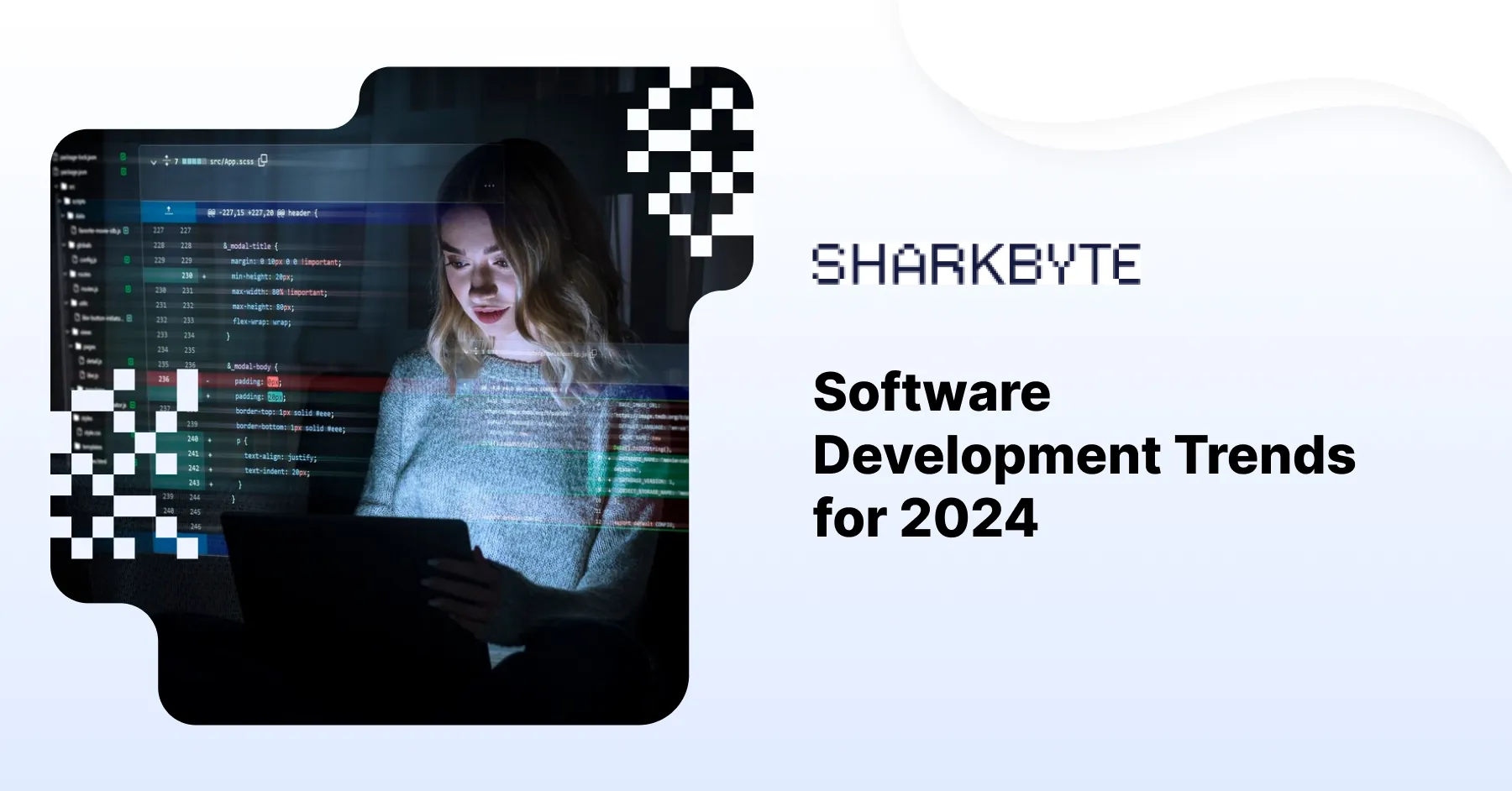Integrating IoT with web applications poses challenges such as device compatibility, data management, and security. This article explores these obstacles and presents practical solutions, including middleware, real-time analytics, and API-based strategies, to ensure seamless integration while addressing the integrating IoT with web applications challenges and solutions. Dive in to learn how to overcome these hurdles and make the most of your IoT ecosystem.
The Journey of IoT and Web Application Integration
The journey of integrating IoT devices with web applications is akin to weaving a tapestry of endless possibilities, yet fraught with intricate challenges. As IoT devices become ubiquitous, their integration into daily life has grown exponentially. From smart homes and wearable tech to industrial automation, IoT has made the Internet of Things a practical reality.
Application integration turns numerous smart devices into a cohesive and intelligent ecosystem. Both businesses and consumers can leverage the full potential of an IoT device through effective integration.
This integration faces hurdles like device compatibility, data management complexities, and security concerns. Successful integration demands careful planning and a thorough technical understanding, with a focus on scalability and security.
Device Compatibility Challenges
The integration of diverse IoT devices introduces significant challenges related to compatibility among different systems. In a landscape where multiple connected devices from different manufacturers use proprietary technologies, achieving seamless interoperability can be a daunting task. This diversity often results in key challenges when connecting devices, as a single device may not communicate effectively with another.
Adhering to standardized protocols in IoT devices and using middleware solutions can alleviate these issues. Middleware acts as an intermediary layer, translating device-specific protocols for applications, enhancing communication and ensuring harmony among different devices within the IoT ecosystem.
Data Management Complexities
Managing the colossal amount of data generated by IoT devices is no small feat. By 2025, IoT devices are expected to generate 79.4 zettabytes of data. This volume presents challenges like managing massive data volumes, ensuring real-time processing, and allowing for flexible data movement.
Data fragmentation and consistency issues are common in IoT environments due to disparate data sources. The variety of data types, such as real-time streams, batch uploads, and periodic updates, further complicate data management. High latency can hinder real-time data processing, affecting the overall effectiveness of IoT applications.
To address these challenges, event-driven architectures can enhance the ability to respond to real-time data changes and events.
Security and Privacy Concerns
Security and privacy are major challenges in IoT app development. Unauthorized access and data breaches pose substantial risks, as sensitive data can be exposed without proper safeguards. IoT systems are particularly vulnerable due to their minimal computing power and numerous entry points for potential breaches.
Implementing a zero-trust security model, multi-factor authentication (MFA), and regular software updates enhance IoT security. Device authentication and strict permissions can prevent unauthorized access to IoT networks, while robust encryption methods protect data integrity and confidentiality.
A robust IoT security strategy empowers organizations to stay ahead of potential threats and ensure security and resilience.
Effective Strategies for IoT-Web Integration

Standardization among diverse IoT products ensures successful integration. A well-thought-out development strategy can avoid challenges like inadequate research and ensure scalability. Implementing strong security measures is essential for long-term success in IoT-web integration.
iPaaS (Integration Platform as a Service) solutions automate integration tasks, making it easier to connect IoT devices with web applications, thereby streamlining the entire process.
API-Based Solutions
APIs facilitate seamless communication between IoT devices and web applications. Real-time APIs enable immediate communication, vital for the smooth functioning of IoT apps. A robust API strategy manages interactions between various smart home devices and web platforms, ensuring all components work harmoniously within the IoT ecosystem.
Middleware Implementation
Middleware solutions bridge IoT devices and web applications, enhancing integration. They improve data exchange efficiency by providing a common interface for diverse devices, facilitating seamless communication within IoT ecosystems.
Containerization tools like Docker aid in achieving modular designs, facilitating rapid deployment and flexibility in smart home environments.
Event-Driven Architectures
Analyzing iot data as it is generated is crucial for IoT applications, contrasting with traditional batch processing methods. Real-time analytics empower organizations to detect trends and anomalies as they happen, enhancing operational efficiency and enabling timely decision-making based on immediate insights from IoT devices.
This capability plays a critical role in optimizing smart home environments.
Ensuring Data Integrity and Security

As IoT adoption accelerates, addressing security and scalability becomes increasingly critical to successful web integration. One of the primary challenges is maintaining data integrity and confidentiality, especially when dealing with disparate data sources. Strong encryption methods, such as AES and TLS, are essential to secure data during both transmission and storage. These measures protect against breaches and ensure comprehensive data security across IoT-web systems.
In addition to encryption, continuous monitoring is vital for identifying and mitigating security threats in real-time. Strategies like network segmentation help contain potential breaches, preserving system integrity. Equally important is the implementation of data governance frameworks, which ensure data consistency, quality, and security. These frameworks are foundational to preventing data breaches and managing the vast amounts of data generated by IoT devices.
Scalability presents another major challenge in IoT integration. As systems grow from prototype to full-scale deployment, they must handle increased device connections without sacrificing performance. Tackling this requires strategic planning, often starting with product discovery workshops to align goals and prevent scaling issues.
To support this growth, organizations are increasingly turning to cloud services, which offer flexible infrastructure capable of adapting to fluctuating demands. Centralized data storage and processing in the cloud simplifies data management and reduces operational costs. However, edge computing is also gaining traction, particularly for applications requiring real-time responses. By processing data closer to the source, edge computing reduces latency and enhances application responsiveness.
Finally, adopting a modular architecture enables easier maintenance, faster updates, and improved scalability. Technologies like containerization (Docker) and orchestration tools (Kubernetes) support this design approach, promoting flexibility and system resilience as demands evolve.
Enhancing User Experience in IoT-Web Integrations
- User experience is a critical factor in the success of IoT and web application integrations. For users to fully benefit from these systems, the interface must be intuitive and easy to navigate, even when dealing with complex IoT functionalities. Successful examples like the Google Home app demonstrate how thoughtful design can enhance automation and energy efficiency while keeping the user experience seamless.
- Real-time analytics and insights are equally important. By offering immediate, data-driven feedback, users can make timely and informed decisions. This not only boosts engagement but also enables personalized experiences that increase the value and appeal of IoT applications.
- Reliable performance and connectivity are foundational to delivering a smooth user experience. Without consistent connectivity and dependable system responses, the benefits of IoT integration diminish. Continuous performance ensures that actions are executed as expected, maintaining the integrity of communication between devices and supporting the overall success of the IoT ecosystem.
Summary
Navigating the complexities of integrating IoT with web applications requires a multifaceted approach that addresses device compatibility, data management, security, scalability, and user experience. By employing strategies such as API-based solutions, middleware implementation, and event-driven architectures, businesses can overcome these challenges and unlock the full potential of IoT. Ensuring robust data integrity and security, leveraging cloud and edge computing, and focusing on user-friendly designs are crucial for achieving seamless and efficient IoT-web integrations. As we move forward, embracing these solutions will pave the way for innovative and intelligent IoT ecosystems that enhance our daily lives.



